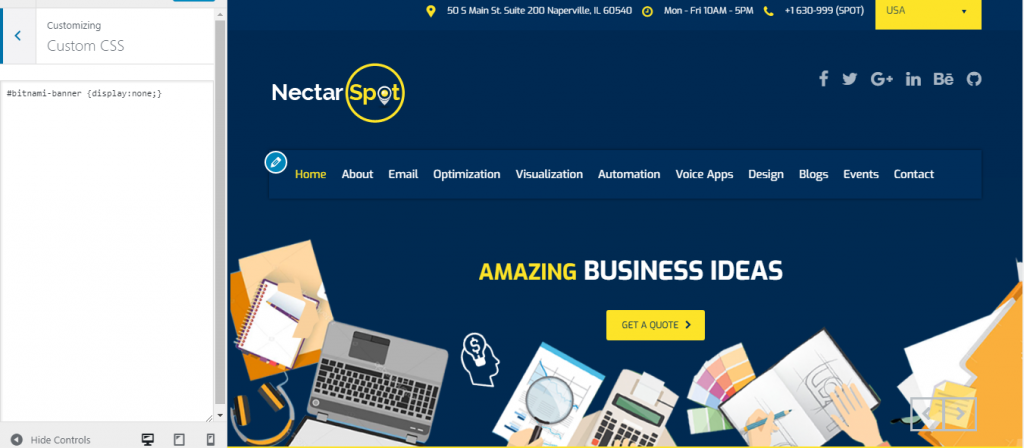

- #DEPLOYING APP ON BITNAMI MEAN HOW TO#
- #DEPLOYING APP ON BITNAMI MEAN MAC OS X#
- #DEPLOYING APP ON BITNAMI MEAN INSTALL#
Docker Image: See the docker image documentation to learn about how to deploy a Docker Image.ĭokku is, at its core, a Docker container manager.Dockerfile: See the dockerfile documentation to learn about the different ways to configure Dockerfile-based deploys.This is the default method used by Dokku.Heroku buildpacks via Herokuish: See the herokuish buildpacks documentation to learn about the different ways to specify a buildpack.

Once the deploy is complete, the application's web URL will be generated as above.ĭokku supports deploying applications in a few ways:
#DEPLOYING APP ON BITNAMI MEAN INSTALL#
Running: bundle install -without development:test -path vendor/bundle -binstubs vendor/bundle/bin -j4 -deployment > Adding BUILD_ENV to build environment. > Building ruby-getting-started from herokuish.

Users can deploy applications to a server size and configuration of their choice, within any Azure region and start, stop and delete servers directly from the console.Dokku/Docker container management compatibilityĬompressing objects: 100% (162/162), done. Deployment becomes as simple as selecting an application and a few mouse clicks. The Bitnami Cloud Deployment Platform for Windows Azure is a free deployment console that helps customers to deploy server applications to Windows Azure. Today however Bitnami is launching a far more automated solution, and one which brings the Azure experience into line with the AWS one. Across all the Bitnami channels, a million applications are deployed every month.Īt the moment, customers wanting to deploy apps on Microsoft Azure have to use a manual process through the VMDepot. There's an obvious value proposition here and one which customers are also seeing - according to Erica Brescia, co-founder of Bitnami, last year there was over 100 million run hours on AWS alone through Bitnami, and this doesn't include customers using Bitnmai to deploy applications to Virtual Private Clouds. But Bitnami does so in a way which is far more useful to SMB customers - by abstracting everything up to application layer away from the user, it makes customers' lives a heap easier. In some ways it's similar to the other cloud migration vendors who aim to wrap the entire application stack so that it can be moved between cloud vendors. Using Bitnami, customers can move apps across platforms - maybe develop on a laptop or local server and then deploy to production on AWS. It's also got an awesome story when it comes to avoiding lock in.
#DEPLOYING APP ON BITNAMI MEAN MAC OS X#
Bitnami lets users put the apps anywhere - on Windows, Mac OS X and Linux operating systems, VMware or VirtualBox virtualized environments and the most popular cloud platforms such as Amazon Web Services (AWS) and Windows Azure. Applications Bitnami covers include Alfresco, DreamFactory, Drupal, Ghost, JasperReports, Joomla, Liferay, Magento, Moodle, PrestaShop, Redmine, SugarCRM and WordPress, as well as popular developer tools and stacks such as Apache Solr, Django, Gitlab, Jenkins, JBoss, LAMP, Node.js, Ruby on Rails, Tomcast, WAMP and XAMPP. Bitnami achieves this by having around 100 different open source and commercial applications which can be installed and configured. Essentially the premise of Bitnami is simple - let users deploy the applications they want to use regardless of where they want to put them. Bitnami is kind of like the Boy Scout who helps the little old lady cross the street.


 0 kommentar(er)
0 kommentar(er)
